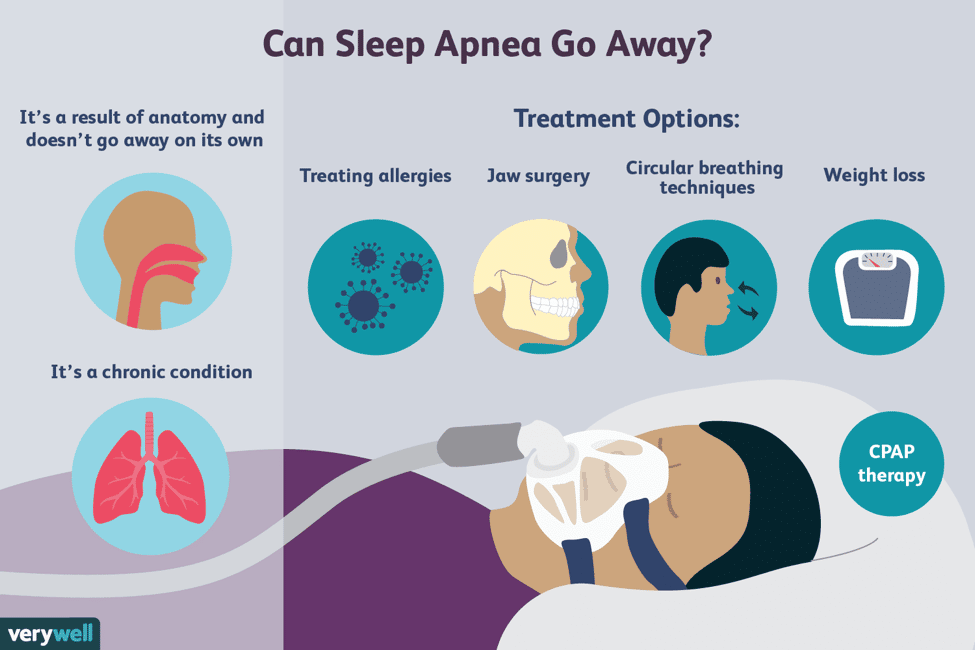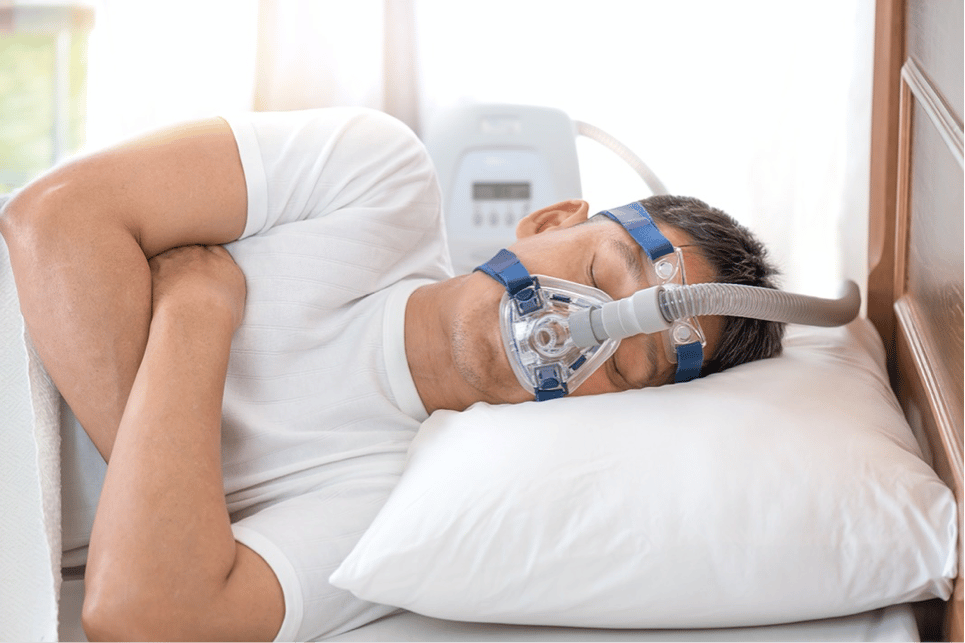
Sleep apnea may sound like a common sleeping disorder, but not a lot of people know that it could drastically affect a person’s health and lifestyle. Here are some of the most important things you must know about this sleeping condition.
What is sleep apnea?
As defined by Web MD, sleep apnea is a type of sleep disorder wherein a person experiences breathing interruption as he sleeps. This can be considered a serious condition because the repeated pauses in breathing could mean short supply of oxygen in the brain and other parts of the body. There are instances where these interruptions happen hundreds of times as a person sleeps. Just imagine how hard it would be for the body, especially for the vital organs, to function without enough oxygen.
If you’ve been told that you snore loudly and that you feel tired after a full night’s sleep, you could be suffering from sleep apnea. Medifast Hong Kong suggests having yourself checked right away.
What are the types of sleep apnea?

Obstructive sleep apnea is the most common type of sleep apnea. It happens when the muscles at the back of your throat relax. As a result, the airway becomes smaller or closes as you breathe. Again, when air is obstructed, there will be lower oxygen level in the blood.
Central sleep apnea is a type of apnea wherein the brain fails to send signals to the muscles responsible for breathing. When you have this sleep disorder, you might experience shortness of breath as you sleep, or have a hard time getting to sleep or staying asleep.
Complex sleep apnea syndrome is also known as treatment-emergent central sleep apnea. According to Mayo Clinic, this condition occurs when aperson suffers from bothobstructive sleep apnea and central sleep apnea.
If you think you or someone close to you has sleep apnea, you can ask the help of a doctor. With proper medical guidance, you can ease the symptoms of this sleeping condition and prevent other complications that may arise when it goes untreated.
